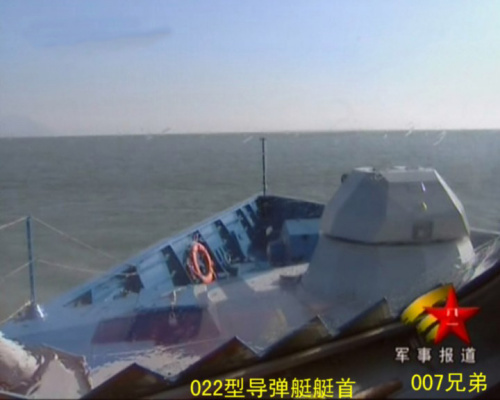FACs as other small combatants are usefull and the best cost-effective solution in waters near the coastline. A rude arghipelago, like we have is more of ruling out bigger ships than it is to justificate the FACs. The use of FACs alongside mines is the ideal and only reasonable solution in our case but it doesen't mean you cannot use them in other type of coastlines.
The key element of FACs in good and bad is the small size. It makes the cheap and more agile than bigger ships which is ideal solution when the operational range is short. The small size however reduces the ammount of systems being fitted and most importantly the provisions and suplies which affects to the endurance. This rules out the use of FACs in long distances and thus eliminates their use in "fleet operations"
Now countries like Finland can rely on FACs simply becouse we don't have acsess to oceans and our political goals and ampitions doesen't require us to "show the flag" around the world. Many countries which geological situation gives them acsess to oceans rely's on FACs simply becouse the cost (or political reasons).
But it's evident that large navies, which goals and roles are different than o smaller countries have not invested on FACs so much (other than in export purposes). France, Italy, Spain, United Kindom, Japan and of course USA have only using FACs in very limited scale in the modern era. The reason to this is simple: The idea of big fleets is to meat and intercept enemy naval precense far away from the homewaters. Tough it may seem practical to have sort of "back-up fleet" made from FACs, it really isen't plausible as A: the big fleet can do the same task much better and much furter away from your home and B: the cost of FACs is still a factor and big fleets needs to cut down the budget where ever they can...
The exeption to the rule is ofcourse Russia/soviet union which has been the pioneer in FAC development troughout the history. There's many reasons to it, mainly the unique geological situation of russia. In fact the main naval theatres which are close to the main populated areas of Russia are Baltic (which the russian acsess has always been limited) and the Black sea which both are ideal waters for FAC use. The oceanic reach of Russia are the Artic sea in the north and Pasific ocean in the siberia. I'm sure you all know the infrastructical and other limits of those two areas so I'm not going to explain their unsutability to ideal naval use any longer.
So the russian naval history has always been dragged to the geological impossibility to build a combined Oceanic fleet. They have always need to focus on too many theatres at one time so the logical way to compensate this has been building small combatants. Only the increased political influence in global scale forced russians to start paying attention to more dominant bluewater naval operations.
So now we get to China. The chinese naval development has followed somewhat the same pattern as the soviet fleet. Since the 1949, PRC had basicly have to build the entire naval branch from the scratch and it followed the ideas poisoned by the soviets during the small period of co-exsistence. But added to that soviet somewhat illthinking came chinese own "masterplans" which pretty much dictated the entire chinese naval development and it is only started to recove from that in the last decade.
Geologically China has the ability to be dominant naval power in the Eastern hemisphere, but in fact it has been basicly the "world largest small fleet". It's naval doctrines have been very primitive and focused only to the defence of the very-near coastal waters. Thats the reason why the numbers of FACs in quatitically have been enormous.
But like it's evident, the transformation of the PLAN is started and I expect in longterm future trend will be dramatically decrease the number of fast attack crafts. The entire fleet structure will transform to resamble more of the western navies. China has no geological barriers as Russia has so it really doesen't need to focus FACs in the future. But the transition phase will last at least few decades meaning at least one generation of usefull shiphull age. So it's still lucrative to invest to FACs as the building of the bluewater fleet takes alot of time. The type 22 is the one of the new designs and I hope to see more potent FAC being introduced as well before the balance is totally shifted in fafour of bigger ships, A sort of Swansong to the FAC oriented navy...
PS. 20m/s? Is that the common way to measure wind speed in Europe? Just never thought people'd use it for the wind. If the wind is blowing at 35 knots, I doubt the enemy would be shooting at you though.
Yeas: M/S= meters per seccond. I still keep on wondering why on earht are US and UK still sticking to the ageing imperial system...Why cannot they see the benefits of the decametrical system...





